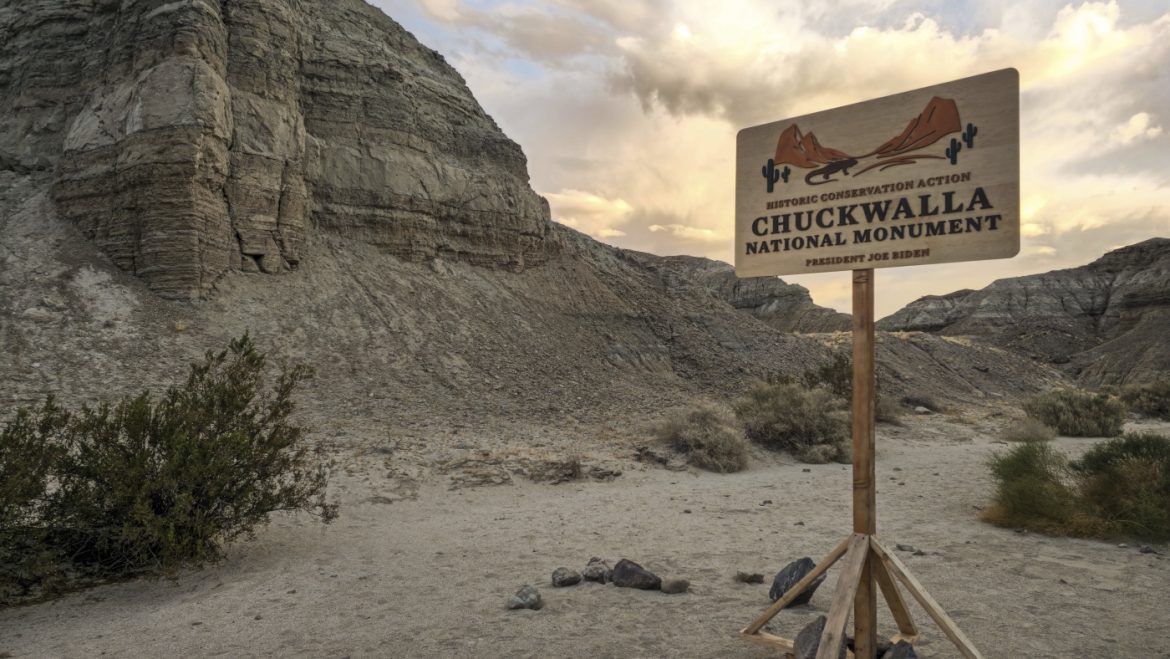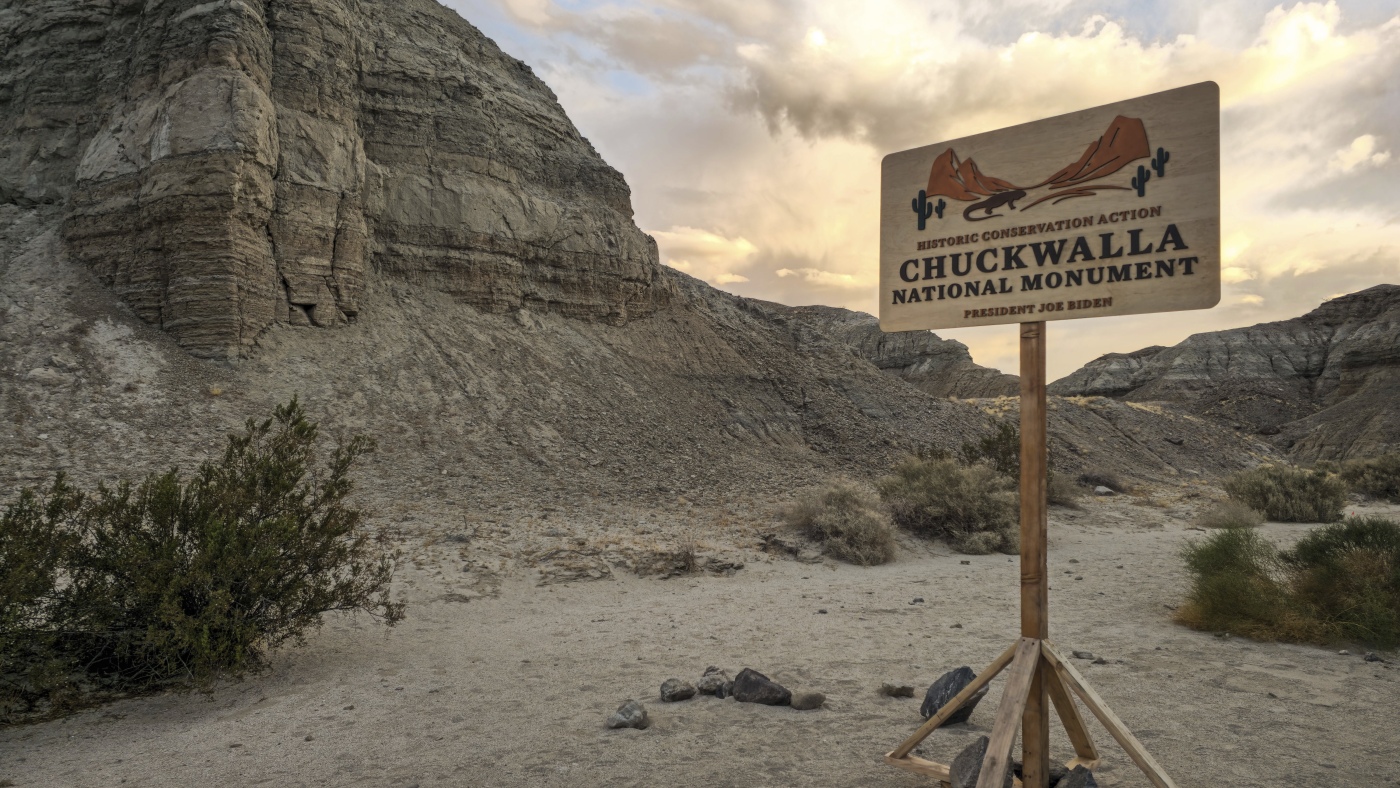The Expansive Authority to Revoke National Monuments: A Legal and Political Analysis
Recent developments within the U.S. Justice Department have stirred significant debate by affirming that sitting presidents possess the authority not only to designate but also to abolish national monuments. Traditionally, presidents have utilized the Antiquities Act of 1906 to protect historic, cultural, and ecological sites by declaring them national monuments. However, the question of whether these protective designations can be undone by a successive administration—effectively erasing the monument status—has remained legally unsettled until now.
Context and Significance of the Justice Department’s Legal Opinion
The Justice Department recently released a legal opinion asserting that President Donald Trump has the power to cancel national monuments, including those established by prior presidents. This reversal of the long-standing 1938 interpretation, which held that once declared, national monuments could not be revoked, marks a pivotal shift. The opinion contends that presidential authority under the Antiquities Act extends broadly beyond establishment to include repeal under circumstances where monument protections may no longer be warranted.
This declaration comes amid the backdrop of Trump’s administration moving to rescind two California national monuments—the Chuckwalla National Monument near Joshua Tree National Park and the Sáttítla Highlands National Monument near Mount Shasta. Both were originally designated to safeguard significant landscapes and historical sites, with one notably created at the behest of Native American tribes to protect culturally important lands.
Historical Precedent and Variations in Monument Designation
Since the Antiquities Act’s inception, 18 presidents from both political parties have exercised their authority to proclaim national monuments. Historically, presidents have focused on expanding protections rather than diminishing or abolishing them. President Trump himself has previously reduced the size of monuments such as Bears Ears and the Grand Staircase-Escalante in Utah, but formally abolishing or completely rescinding monument status represents a more aggressive and controversial application of executive power.
The act does not explicitly address whether monument designations are irrevocable once set, leaving interpretive wiggle room that the Trump-era DOJ has now exploited. Past administrations, including that of President Biden, have countered reductions or abolitions by restoring original monument boundaries, underscoring the legal and political tug-of-war surrounding these protections.
Legal Arguments and Implications
The crux of the Justice Department’s argument hinges on the language of the Antiquities Act, which grants the President the ability “to declare” national monuments but is silent on whether that authority to declare also includes the ability to revoke or abolish. The new opinion discards the 1938 precedent that restricted presidents from rescinding monument designations, asserting that presidential authority is not a one-way street.
The department reasons that if protections are found “not warranted,” a president may act to modify or terminate such designations. This interpretation opens the door for more fluid federal land management policies, allowing successive administrations to reassess and realign monument protections based on shifting political, economic, or environmental priorities.
Political and Cultural Ramifications
The decision to cancel or diminish national monuments is not merely legalistic but has deep political and cultural repercussions. National monuments often serve as vital protections for indigenous heritage, archaeological sites, and fragile ecosystems. The monuments revoked by the Trump administration notably included lands requested by Native American groups for their historical and spiritual significance, raising concerns about the erasure of indigenous rights and cultural memory.
Environmental advocates argue that weakening monument protections jeopardizes biodiversity, water resources, and climate resilience. Conversely, proponents of rescinding protections suggest that certain restrictions hamper land-use flexibility, particularly regarding energy development, mining, and local economic interests.
Future Prospects and Challenges
The Interior Department’s ongoing reviews and boundary reconsiderations signify that this is an unfolding process. The Trump administration’s stance could set a precedent for future administrations to both expand and contract monument boundaries with less judicial oversight. However, these actions are likely to provoke legal challenges given the ambiguity in statutory language and competing interests.
Courts may soon be confronted with clarifying the scope of executive power vis-à-vis monument designations, potentially leading to landmark rulings that will reshape federal land governance.
—
Conclusion: Navigating the Shifting Landscape of National Monument Protections
The Justice Department’s recent assertion that presidents can unilaterally cancel national monuments challenges nearly a century of protective conservation practice. This reinterpretation of the Antiquities Act empowers presidents to reconfigure the boundaries of national heritage and environmental safeguarding from one administration to the next. While this flexibility may enhance policy adaptability, it also introduces uncertainty and conflict around the stewardship of irreplaceable cultural and natural resources.
The enduring tension between preservation and development, federal authority and local interests, and historical respect and economic ambition ensures that national monuments will remain flashpoints in American politics and law. The evolving jurisprudence and executive policies will shape not just landscapes but the legacy of how a nation honors its past and safeguards its environmental future.
—
Sponsor
Interested in the legal battles surrounding national monuments? Learning about history and culture is important, especially for kids. Novakid Global ARABIC offers engaging online English lessons for children aged 4-12, using a curriculum based on European standards (CEFR). Their native-speaking teachers provide a fun and interactive learning environment, helping children develop a strong foundation for future academic success and a broader understanding of the world. Discover a world of knowledge and give your child the gift of language learning with Novakid!


